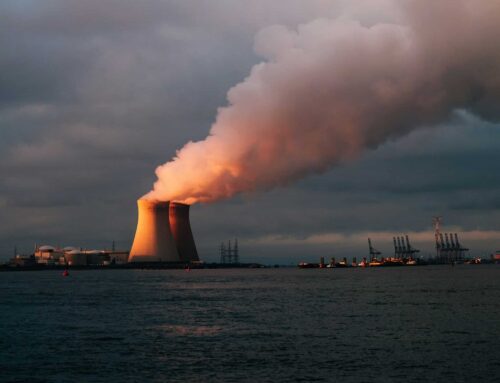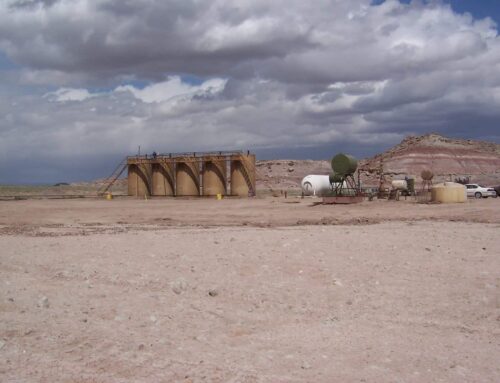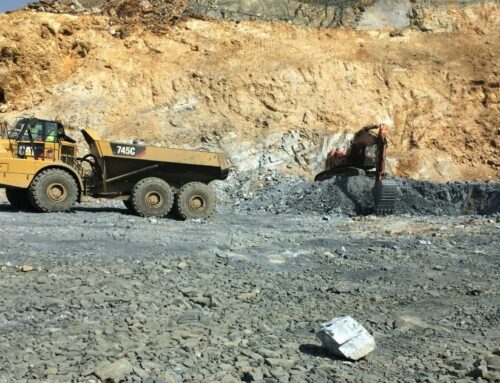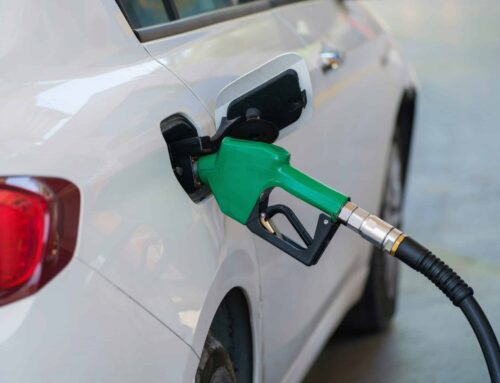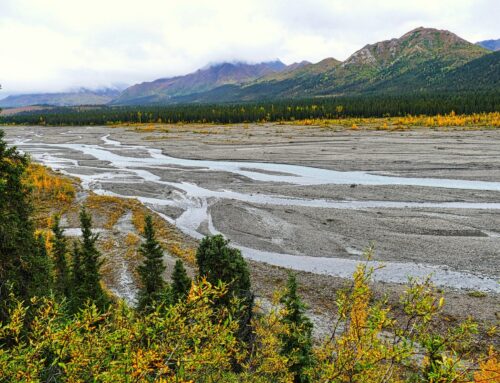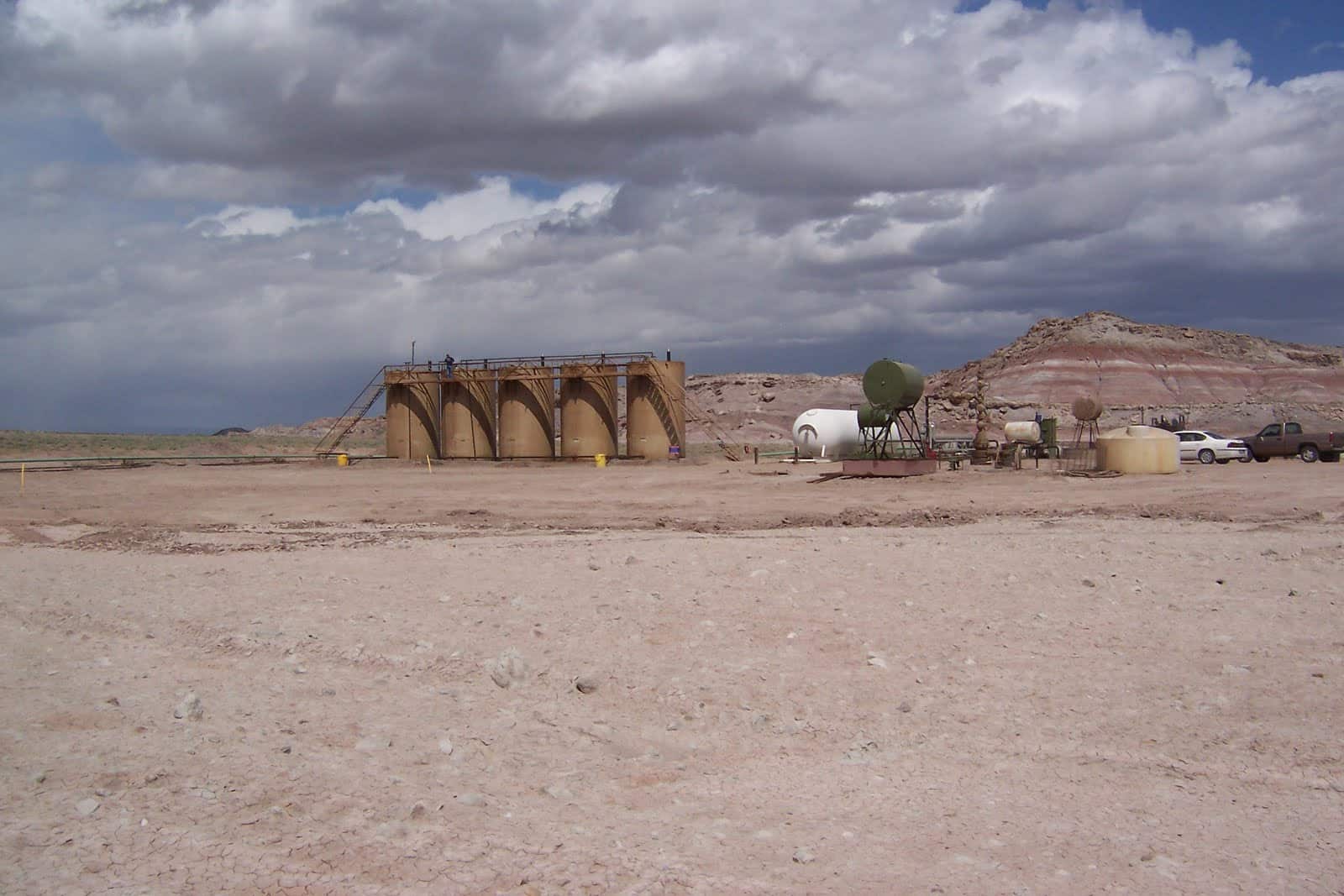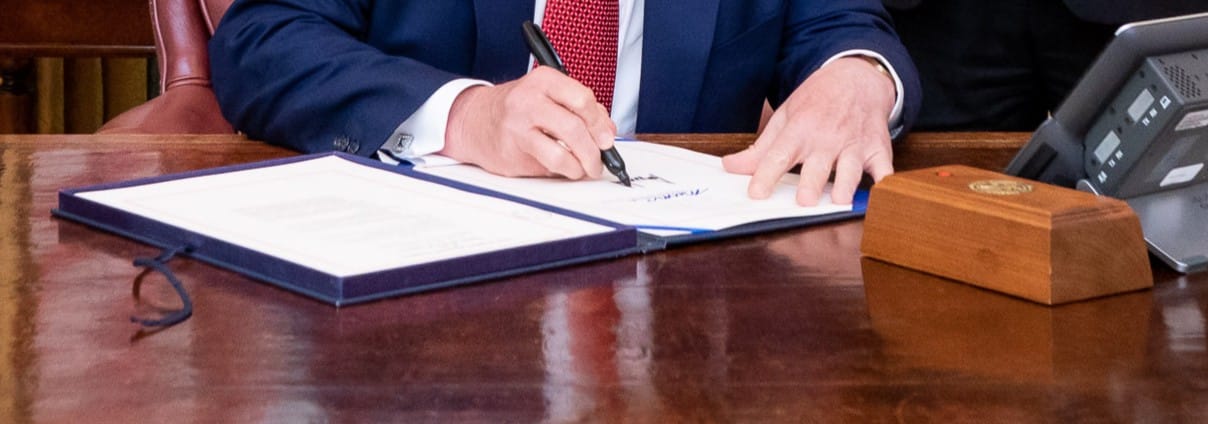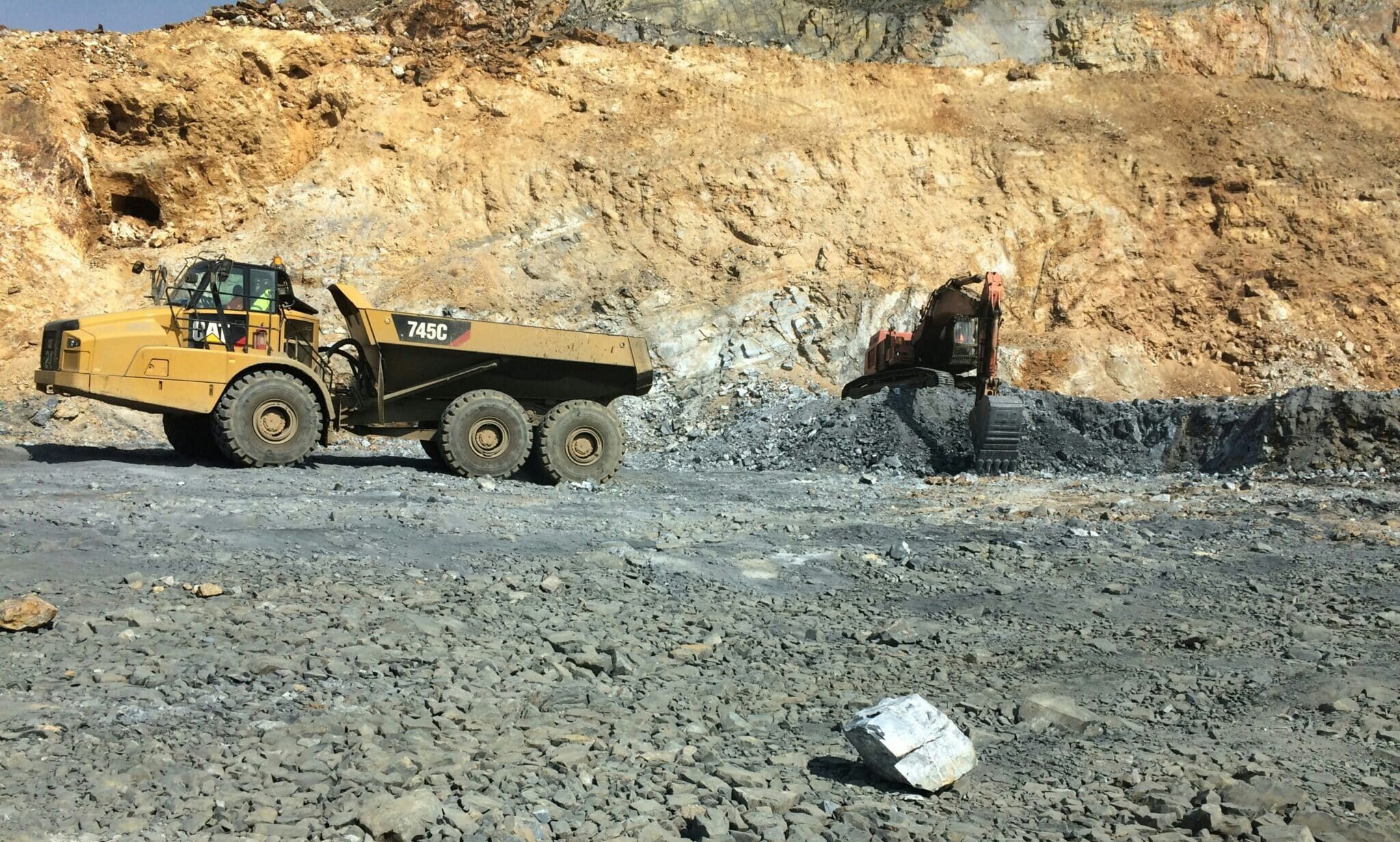The newly released Inflation Reduction Act of 2022 includes several important oil and gas reforms similar to the ones included in the Senate version of the Build Back Better (BBB) Act. Despite some changes to and removals of certain provisions, several important onshore oil and gas leasing reforms, like increasing the onshore royalty, rental rates, and minimum bid amounts in lease auctions, were included in the draft legislative text.
Here’s the list of reforms included in the current draft:
- Raise the onshore oil and gas royalty rates for all leases issued during the 10-year period following the enactment of this bill
- From 12.5% to 16.67%
- Increase rate on back royalties and reinstated leases from 16 2/3% to 20%
Learn more about how taxpayers have been shortchanged by the below-market-rate royalty for onshore oil and gas here.
- Increase oil and gas minimum bid from $2/acre to $10/acre for all leases issued during the 10-year period following the enactment of this bill
- Raise oil and gas rental rates for all leases issued during the 10-year period following the enactment of this bill
- $3/acre for the first 2 years; $5/acre for year 3-8; then no less than $15/acre for year 9-10
- Back rentals and rent for reinstated leases increased to $20/acre from $10/acre
Learn more about how raising oil and gas rental rates will increase revenues here.
- Establish an expression of interest fee
- $5/acre, to be adjusted every 4 years to reflect inflation
Learn more about how companies can nominate federal lands for oil and gas lease sales here.
- Eliminate noncompetitive oil and gas leasing
- Lands that receive no bids may be made available for a new round of competitive bidding
Learn more here about how noncompetitive leasing often leads to speculation but not production, locking lands away from other beneficial uses.
- Update onshore bonding requirement
- Individual lease bond minimum: $150k
- Statewide bond minimum: $500k
- Nationwide bond minimum: $2 million
- Adjust for inflation every 4 years
Learn more about how taxpayers are at risk for oil and gas industry liabilities due to insufficient bonding here.
- Charge royalties on all extracted methane from federal lands that is consumed or lost by venting or flaring except for
- Gas that is vented or flared in an emergency for not more than 48 hours
- Gas that is used for the benefit of the lease (beneficial use)
- Gas that is unavoidably lost
Learn more about methane waste on federal lands here.
The Congressional Budget Office (CBO) estimated that these oil and gas reforms will raise $484 million in revenues over the next decade.
Certain oil and gas provisions or the lack thereof are concerning for taxpayers. The repeal of the Arctic National Wildlife Refuge (ANWR) oil and gas program included in the December Senate Energy and Natural Resources Committee version of Build Back Better did not make it into the new bill. Due to the lack of industry interest, the first ANWR lease sale only brought in 1% of the bid revenue taxpayers were promised when Congress authorized the sales. In the face of increasing climate threats, moving forward with more oil and gas drilling in a sensitive and remote region like ANWR could create significant near- and long-term liabilities for taxpayers.
The bill also ties onshore wind and solar development to onshore oil and gas lease sales. During the 10-year period following enactment of the bill, the Department of the Interior (DOI) may not issue a right-of-way for wind or solar development on federal land unless the DOI has held an onshore oil and gas lease sale within the past 120 days and offered at least either 2 million acres or 50% of the acreage nominated by industry, whichever is lesser, over the past year. This provision could hamper the best and most efficient use of federal lands. Many parcels have already been leased for oil and gas and sit idle.
The bill also includes several provisions on offshore oil and gas lease sales which in some cases could raise additional revenue but also hamper strategic and efficient offshore energy leasing:
- Increase statutory minimum royalty from 12.5 percent to 16.67 percent but no more than 18.75 percent for any lease issued during the 10-year period following the enactment of this bill, and no less than 16.67 percent thereafter
- Charge royalties on all extracted methane from Outer Continental Shelf that is consumed or lost by venting or flaring except for
- gas that is vented or flared in an emergency for not more than 48 hours
- gas that is used for the benefit of the lease (beneficial use)
- gas that is unavoidably lost
- Reinstates Outer Continental Shelf lease sale 257 and the Secretary shall move forward with 2022 lease sales (lease sale 258, 259, 261)
- Ties offshore wind lease sales to offshore oil and gas lease sales. Secretary may not issue a lease for offshore wind development unless
- An offshore oil and gas lease sale has been held over the past year
- The sum of total acres offered for oil and gas lease sales is no less than 60 million acres

